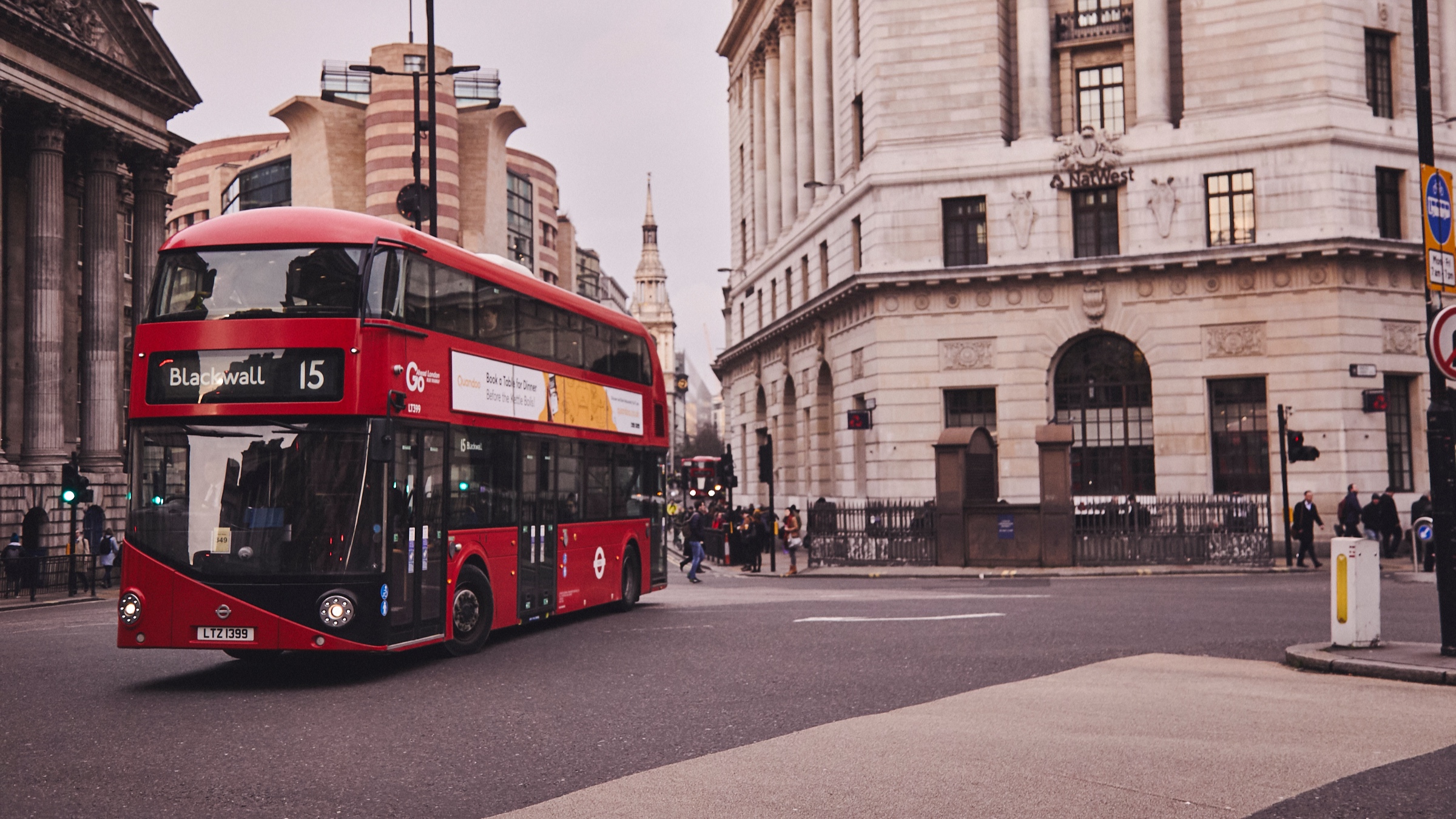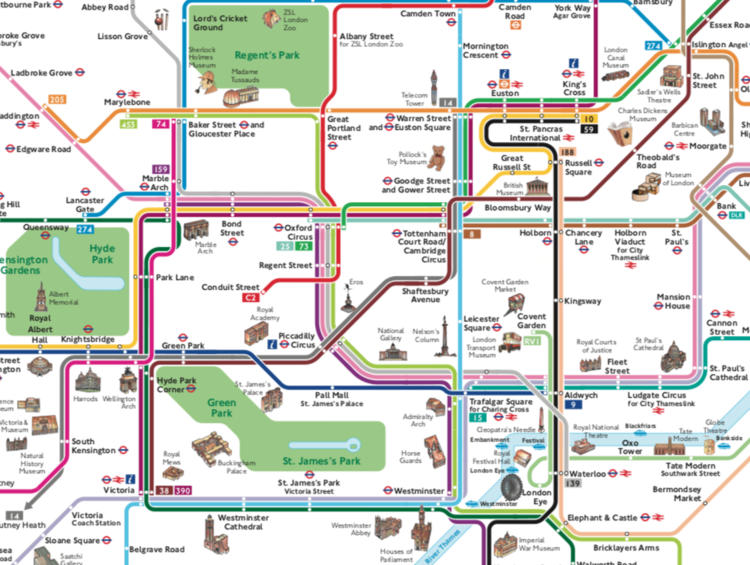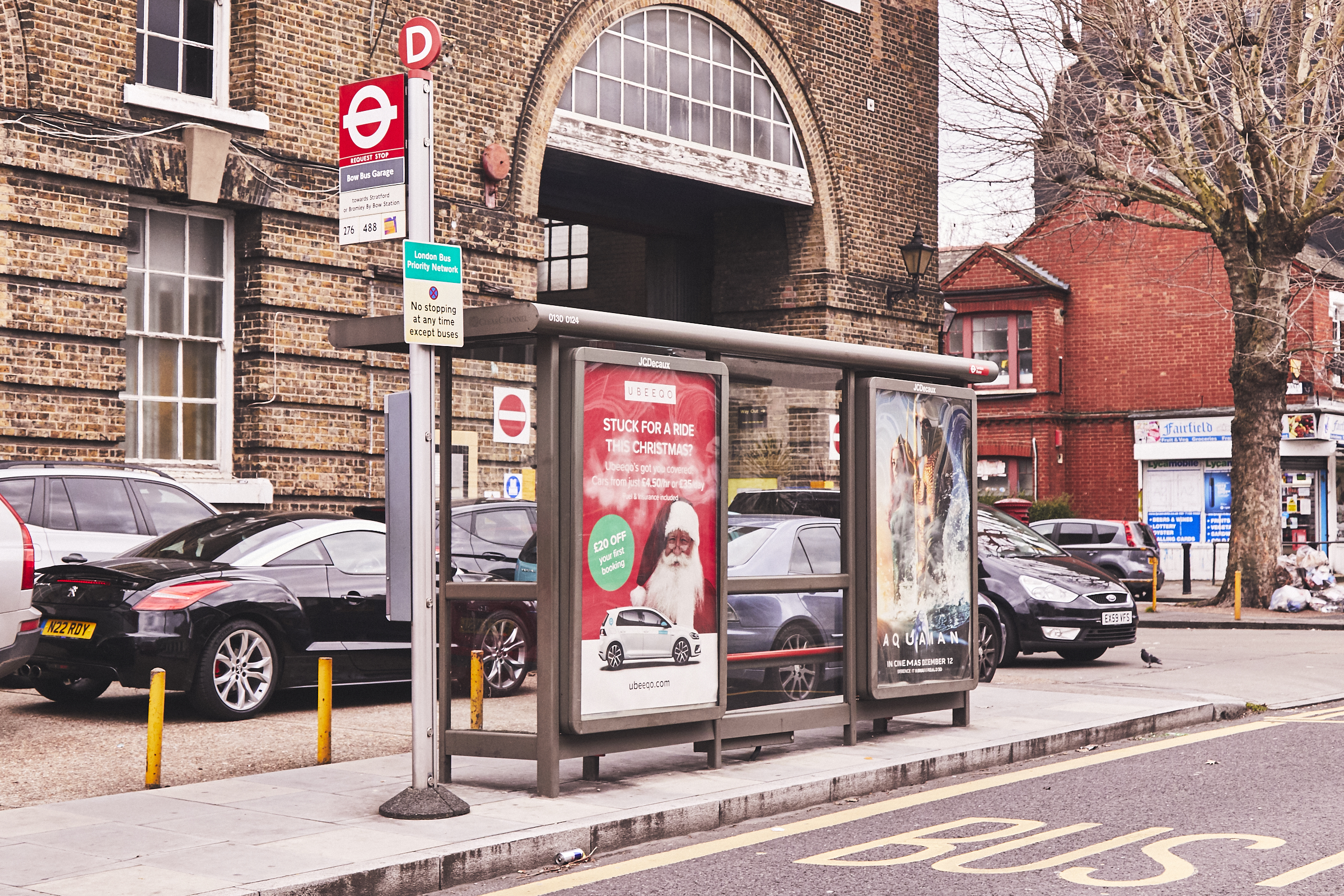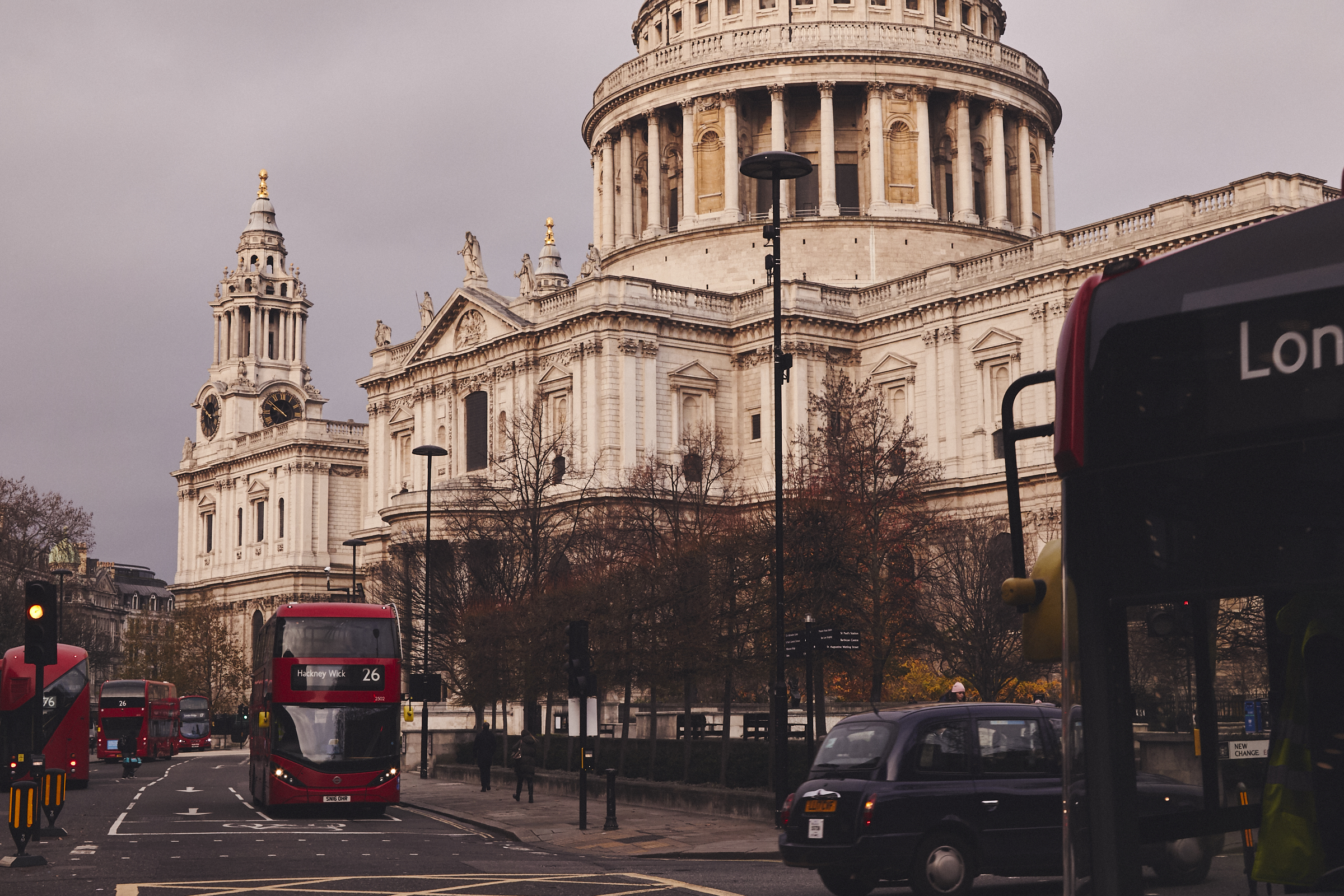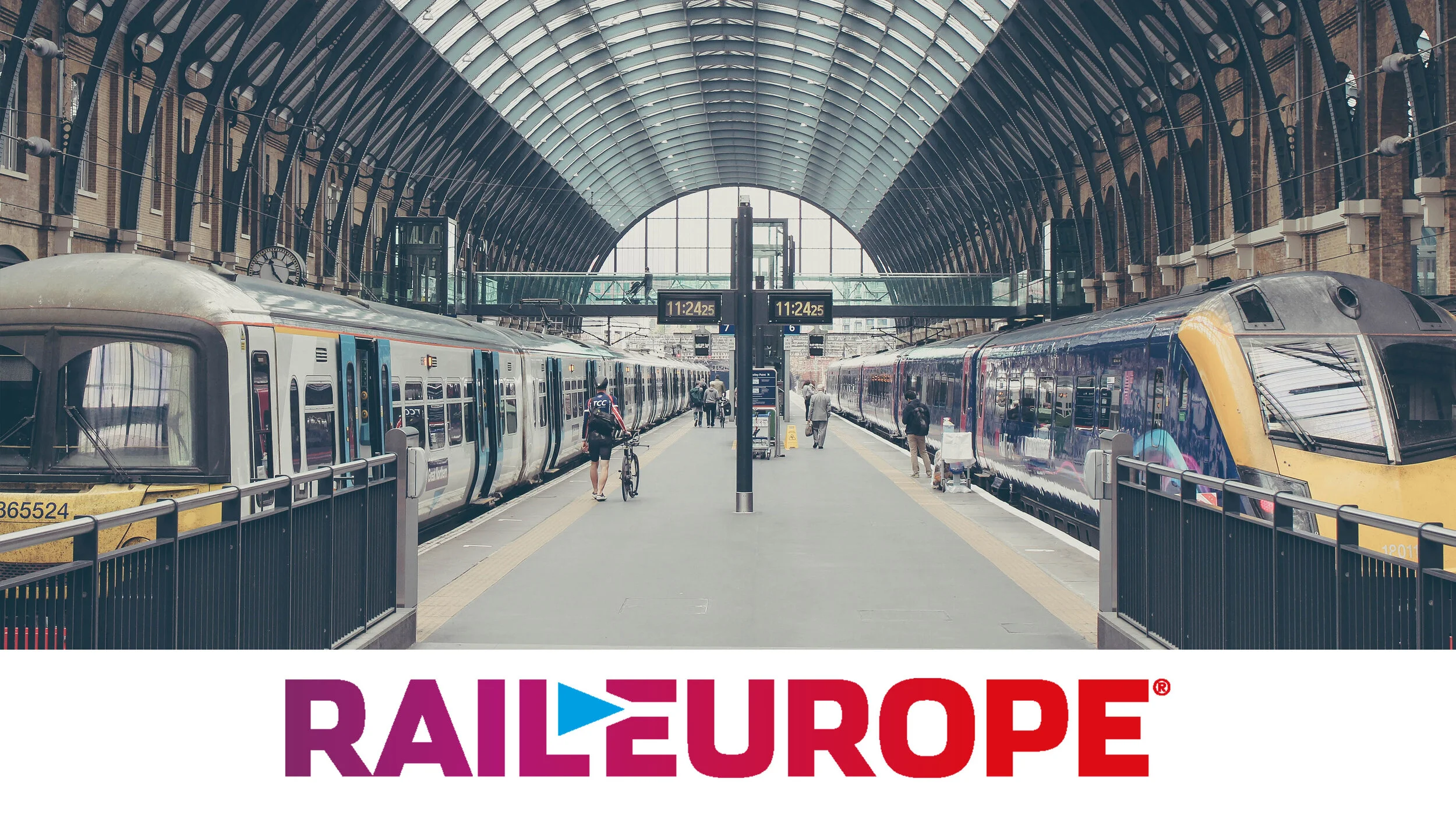London Bus
Bus
London, United Kingdom
The TfL has over 700 bus routes across its network. Busses operate on the surface level city streets sharing the road with cars and cyclists.
Bus System Map
London Bus maps are available on the TfL website in both interactive and PDF format.
How to Board & Exit a Bus
Not every bus stops automatically at every stop. If the bus stop you are waiting at says “Request Stop” on the sign, you will need to waive the bus down to have the driver pick you up. Once the bus arrives, tap your payment card upon entering. Some newer buses have card readers at the front and back of the bus, but it’s best to board at the front to avoid any fare confusion.
Unlike the Underground, you do not need to tap off when exiting the bus.
Transfer Rules
Once you tap your Oyster, credit, debit card or mobile payment device, you may freely transfer to any other bus route for one hour without being charged an additional fare. You cannot transfer for the same fare to the Underground or Overground.
Detailed Photos
Click the photos below for more detailed descriptions of entering, boarding and exiting buses.

